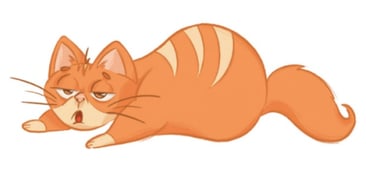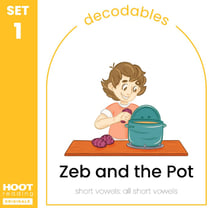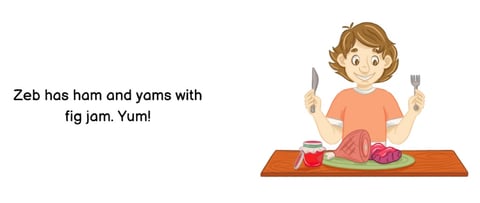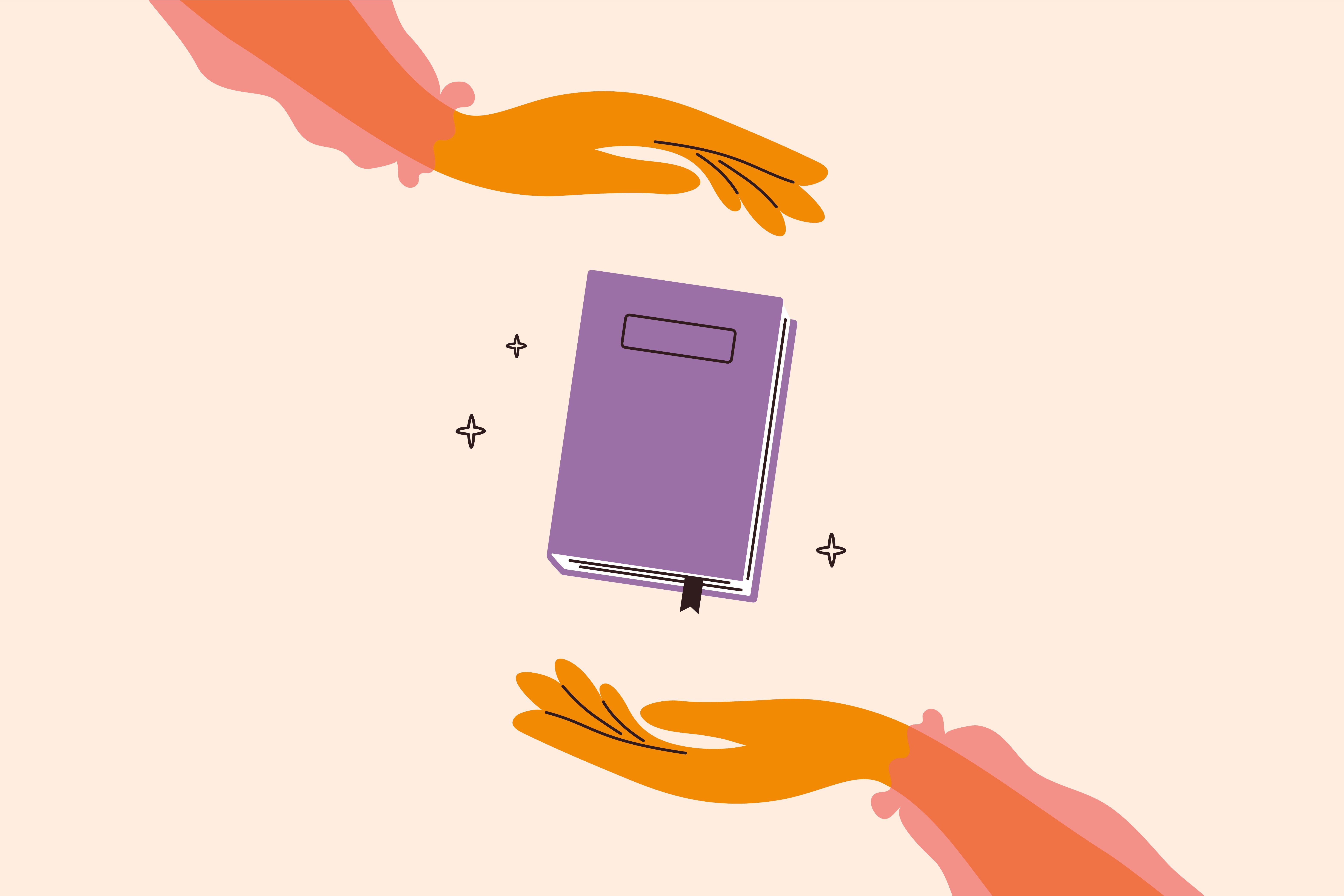The Science of Reading has become somewhat of a buzz phrase lately, but it’s not a new concept. In fact, it’s a body of knowledge and research that has been around for decades. The Science of Reading (SoR) combines evidence-based research with the best practices in teaching reading to kids in the most effective way possible. This research is revolutionizing the way we teach reading, shifting instruction away from a ‘balanced literacy’ to ‘structured literacy’.
In a nutshell, educators use SoR as the guiding principles in knowing why, what, and how we teach reading in the most effective and meaningful way.
A Marriage of Disciplines
The Science of Reading draws evidence from the fields of education, linguistics, psychology, and neuroscience. Education guides us on what methods of instruction work best. Linguistics teaches us the structure of and evolution of language. Psychology gives us an understanding of how the brain converts what it reads into knowledge. And finally, neuroscience tells us which parts of the brain are activated when a reading skill is applied.
SoR has provided mountains of information on how students learn to read. In dealing with readers of varying levels, the body of knowledge helps us figure out what they need to learn to be able to read well. By deploying the tried and tested methods, SoR informs us about what happens to a student’s brain when we teach them in different ways.
Reading gives us the ability to use words to make sense of the world around us and to become functional members of society.
The Simple View of Reading
So what goes into the process of reading? Resources on SoR often revert back to this simple formula by Philip Gough and William Tunmer in 1986:
D x LC = RC
Where D is decoding, LC is for language comprehension, and RC is for reading comprehension.
Decoding is a brain process that converts text into sounds. It involves phonology, or how patterns of sounds form language; morphology, or the study of the parts of words; and orthology, or being able to use a word correctly in language.
Language comprehension takes into account syntax, or connecting clauses and ideas; semantics, or finding word meanings through clues; and discourse, or the organizations of thoughts to analyze what a statement means.

This is a fat cat.
Decoding skills help us understand the individual sounds of f, a, and t form the word “fat.” Changing the letter f to a c gives us an idea that the new word “cat” can be formed. On another note, sounding off the letter c in this sentence tells us that it’s read as /k/ and not as /s/ as in the word circle.
As we put language comprehension in action, we know that the subject of this sentence is the cat. Seeing the word, “fat,” we should be able to know that the cat is the opposite of skinny or thin.
Combining D and LC leads to the product, reading comprehension, wherein a student is able to read, interpret, and proficiently understand what is written on the text.
The Simple View of Reading formula shows that if one of the factors is low, then the end product also becomes low. When decoding skills are lacking, even when language comprehension is very high, then reading comprehension cannot be at an optimal level, and vice versa. In order to be a successful, proficient reader, we must be able to effectively combine both decoding and language comprehension abilities.
Hoot Reading and SoR
At Hoot Reading, we believe that all students can become proficient readers. Our learning experiences are intentionally designed to provide emerging readers with the foundational skills they need in their developmental years.
Using what we know from the Science of Reading, we put a strong focus on helping children read with ease and confidence through evidence-based instruction. Reading serves as the basis that will lead students to learn independently, explore their interests, and be more confident in whatever they choose to do!
The Hoot Reading library has over 2,000 titles, including decodables that strengthen decoding and language comprehension skills. These decodable books contain the leveled patterns of letters and sounds, with colorful visuals, to develop children’s vocabulary and background knowledge.


With the help of our expert educators from the Hoot Reading Teacher Network, we use our learning resources, combined with effective pre and post assessments, to personalize reading instruction for readers of any level.
Learn more about our programs here, and experience the Science of Reading in action through Hoot Reading.
